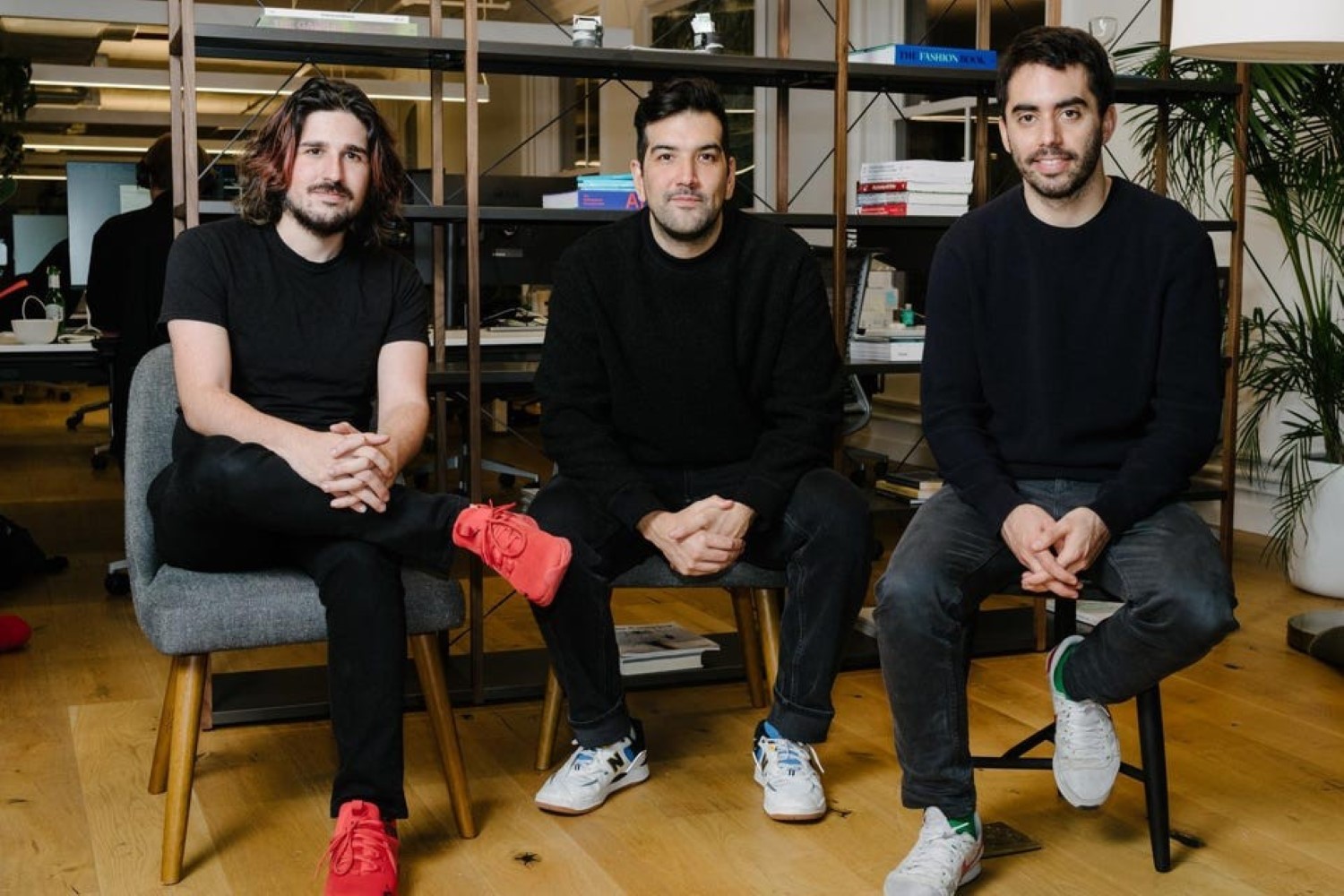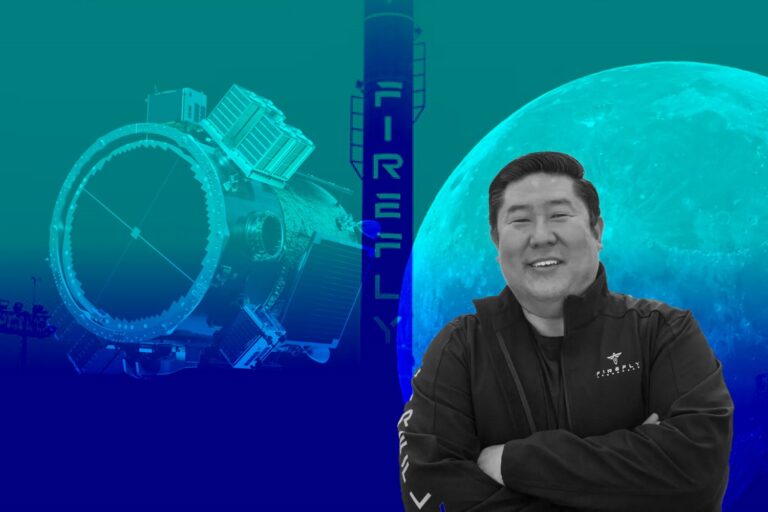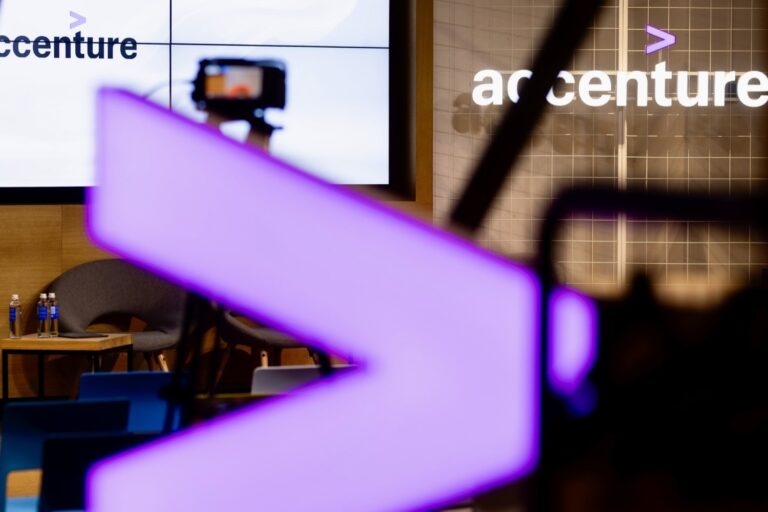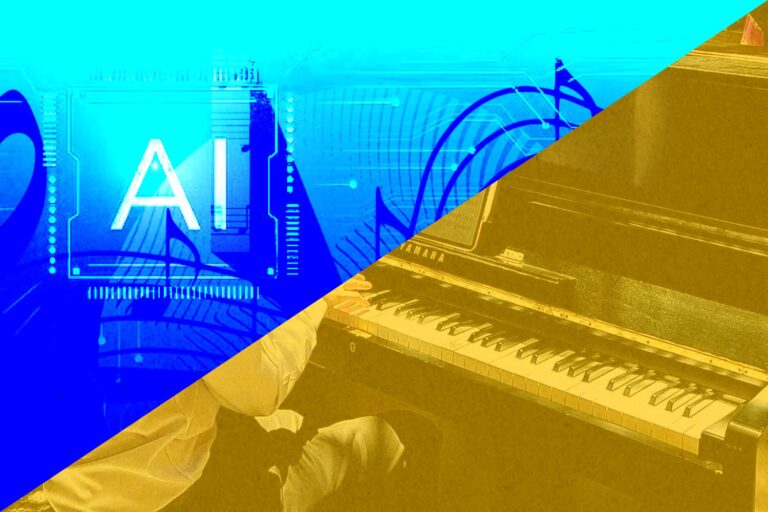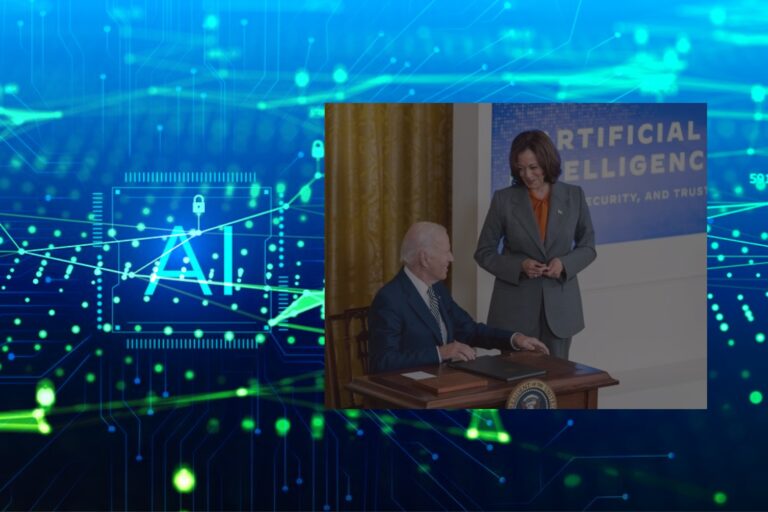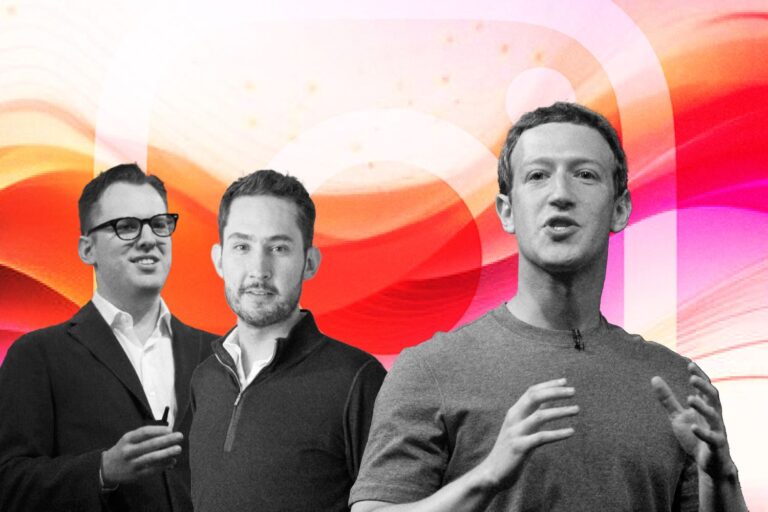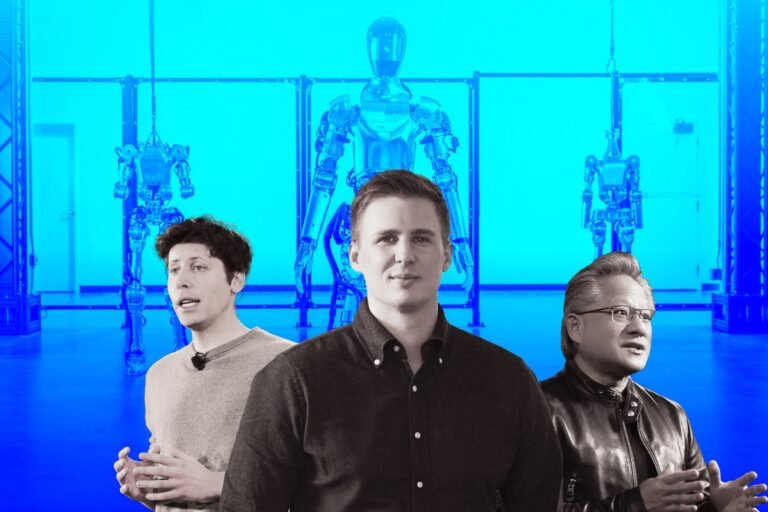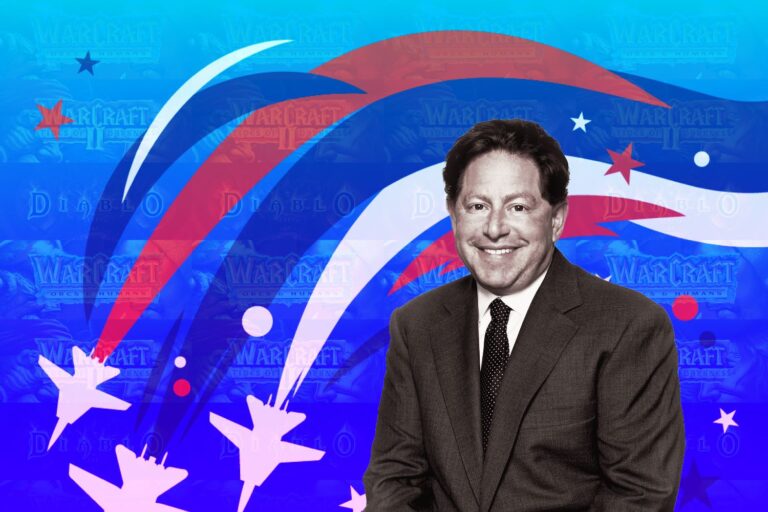How Runway Challenges the Status Quo and the Creative Landscape
In recent years, there has been an increase in the number of startups and established companies that are incorporating machine learning into their creative tools, creating new and exciting opportunities for artists and creatives. The creative industry is embracing this new technology, which has the potential to revolutionize the way that creative work is produced and enhance the quality of creative outputs. As a result, the growth of creative tools powered by machine learning is expected to continue to grow in the coming years.
Founded in 2018, Runway is at the forefront of creating a new breed of creative tools that makes machine learning accessible and user-friendly for all types of creatives. The New York-based company is also leading the way in shaping the future of content and media creation with its thriving and expanding community.
Community and Collaboration: Pushing the Boundaries of Creativity and Technology
Founded in 2018 by three individuals – Cristóbal Valenzuela, Anastasis Germanidis, and Alejandro Matamala, Runway lives to its mission that is to empower creative professionals with cutting-edge tools and technologies, particularly in the areas of machine learning and artificial intelligence. The company aims to provide a platform that allows artists and designers to explore new creative possibilities and push the boundaries of what’s possible in their respective fields.
The company sets a goal for itself to foster a more collaborative, innovative, and inclusive creative community that can leverage the power of technology to bring new ideas and visions to life.
“We are building Runway to allow other people to create and express themselves. I love when I see creators from different backgrounds using Runway to create art, visuals, videos – or just to learn or experiment,” Valenzuela stated.
Starting with the name of the company, Valenzuela shared: “I started working on Runway while I was studying at New York University. Early in the research phase, I wanted to have a short name I could use to discuss the project with my advisors and I didn’t want something too long or complex. The initial idea behind the project was to create a platform that makes machine learning models accessible to artists. So, I started brainstorming ideas around that and then I realized that “a platform for models” already has a name: a runway.”
One of the key factors in Runway’s success is its focus on building a strong, supportive community. The company has created a platform that encourages collaboration and sharing among its users, which has helped to foster a sense of belonging and camaraderie within the creative community.
According to Cristóbal Valenzuela, an important element in creating a thriving creative community is having shared ideals, visions, and passions that are regularly discussed and explored among its members. For the Runway community, which is focused on the intersection of creativity and technology, this means creating a space where members can come together to share ideas, collaborate on projects, and explore new possibilities.
At the heart of Runway’s community is a commitment to listening closely to the needs and ideas of its members. By being responsive to the feedback and input of the community, Runway is able to create tools and resources that are designed to meet the needs of its users. This strategy has played an important role in the company’s achievements, as it has enabled Runway to create a platform that is responsive and adaptive to the needs of the creative community.
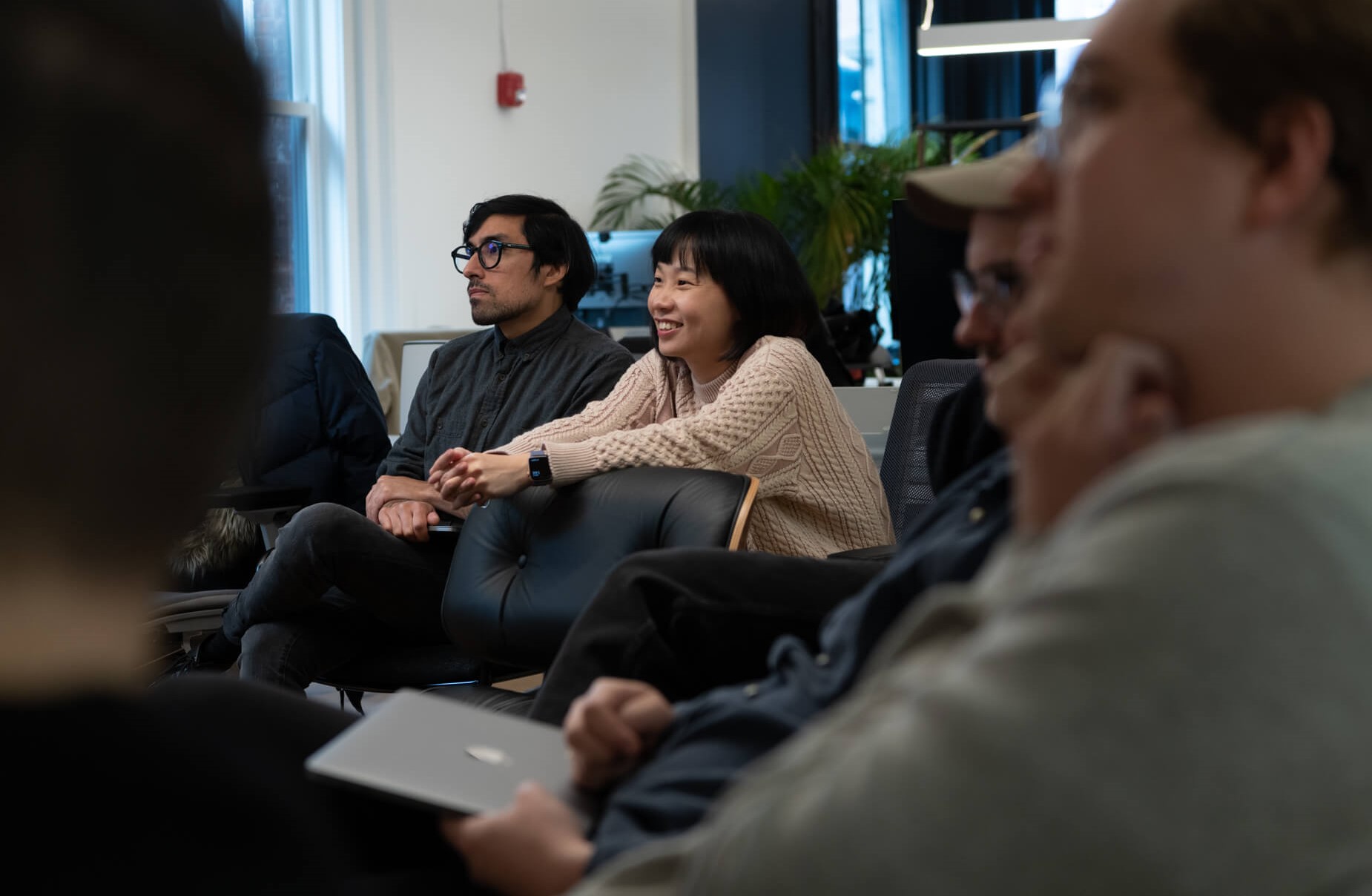
“We listen closely to what the members of the community are saying – and being able to create together with them is crucial. That’s why we’ve helped and collaborated with hundreds of students, artists, and technologists from all over the world,” Valenzuela stated.
Runway has worked with a diverse range of artists and technologists from around the world, many of whom are well-known in their respective fields. These include digital artist and designer Joshua Davis, artist and researcher Golan Levin, AI and robotics artist Sougwen Chung, interactive installation and digital experience creator Zach Lieberman, and media artist Refik Anadol. Alongside these artists, Runway has also collaborated with software engineers, machine learning experts, and AI researchers.
The platform is highly regarded by educators and has been integrated into the design curriculums of renowned institutions such as New York University, Rhode Island School of Design, Massachusetts Institute of Technology. Runway users have achieved remarkable results by training over 50,000 AI models, uploading more than 24 million files to the platform, and running over 900,000 models.
By bringing together creatives and technologists from diverse backgrounds, Runway is helping to build a vibrant and innovative community that is pushing the boundaries of what’s possible in the intersection of creativity and technology.
Shaking Up the Creative Industry with Video Automation and Synthetic Media
Pioneering new approaches to content and media creation, the company is focused on video automation and synthetic media, which involves adopting machine learning and artificial intelligence to create video content that is more efficient, cost-effective, and scalable than traditional methods.
“The ways in which we distribute content have changed radically in recent years; however, the tools that creative professionals use to make content have not,” said Sarah Catanzaro, Partner at Amplify Partners. “For the first time in decades, creatives now have a radically better suite of tools to generate and edit images, video, and other media with AI. Runway is not only automating routine work for creatives, but also enabling new forms of perception and creative expression. We are thrilled to partner with a talented team as they develop the next-gen creative toolkit.”
“Deep learning techniques are bringing a new paradigm to content creation with synthetic media and automation,” Runway founder Cristobal Valenzuela explained. “With Runway, we’re building the backbone of that creative revolution, allowing creators to do things that were impossible until very recently.”
Runway’s impact on the creative industry can be seen in the work of artists and designers who have deployed the platform to ignite creativity fires in their respective fields. For example, Runway’s machine learning models have been used by visual artists to create new and innovative works of art, such as AI-generated paintings and sculptures. In the field of graphic design, Runway has enabled designers to create complex and detailed designs more efficiently than ever before.
According to artist and Runway user, Jane Smith, the platform has been a game-changer in her creative process. “With Runway, I’m able to experiment with different techniques and styles that I never would have thought of on my own. The machine learning models have opened up new possibilities for my art and helped me push the boundaries of what’s possible,” she said. Other users have praised Runway for its ease of use and the way it has streamlined their design workflow.
By leveraging the power of machine learning and artificial intelligence, Runway is able to automate many of the time-consuming and labor-intensive tasks that are required for video production, such as editing, color grading, and special effects. This not only makes the process faster and more efficient, but also reduces the costs of creating visual media across a wide range of creative industries.
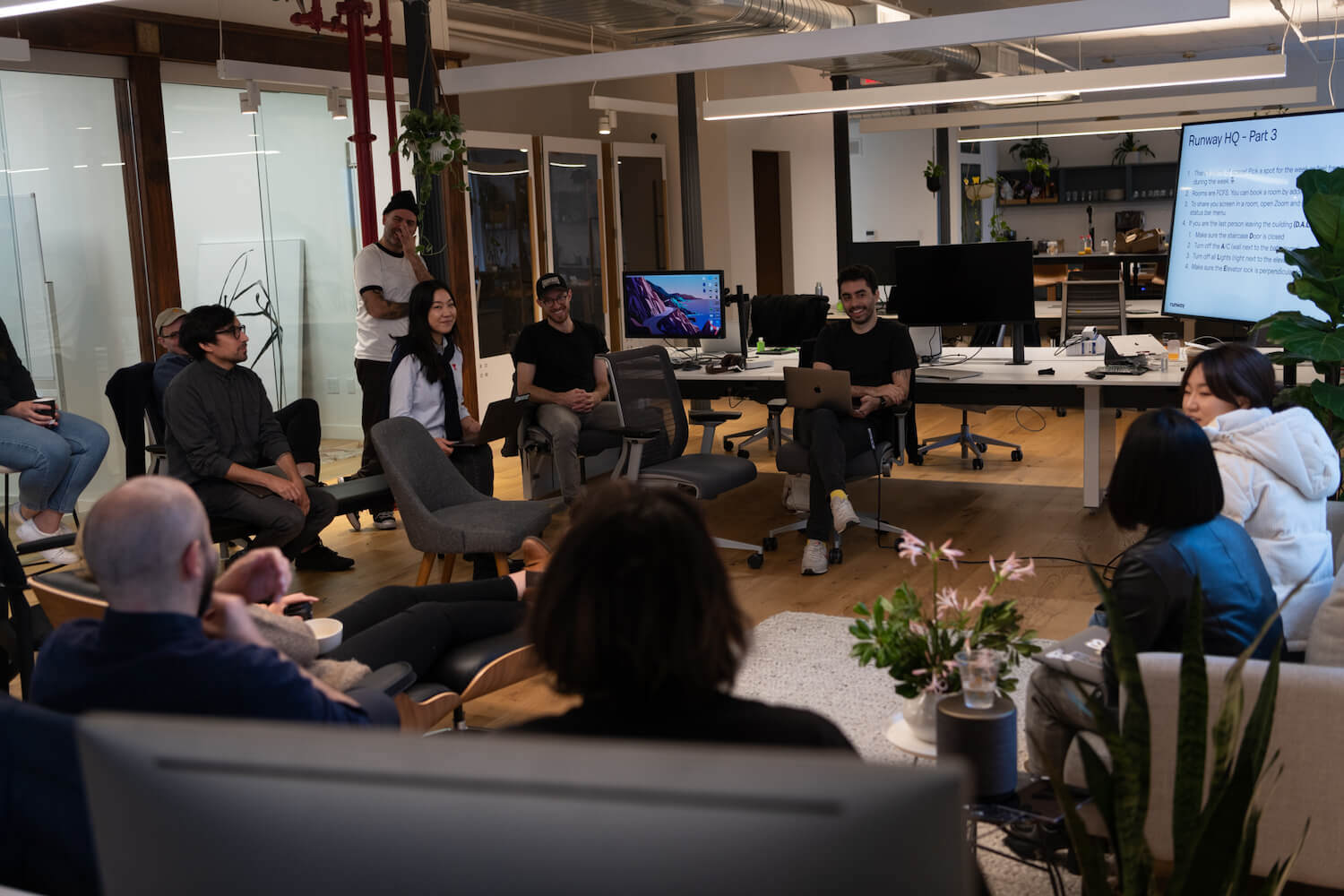
In addition to video automation, Runway is also exploring the use of synthetic media, which involves creating realistic digital content using computer-generated imagery and other techniques. This approach has the potential to revolutionize the way that visual media is created, as it allows for a high degree of customization and control over the final product, while also saving resources required for production.
“We’re facing decades-old media paradigms and metaphors around how to create content and build complex digital tools around them.” Commenting on it, Valenzuela shared, “I think it’s time we changed those principles because they limit our creative expressions and embrace a new set of metaphors to take advantage of modern computer graphics techniques. Runway is the platform building those new tools and principles.”
That is undoubtedly a step in the right direction. Since it first opened to the public in 2018, Runway has raised a total of $95.5M in funding over 4 rounds. Their latest funding was raised $50M in December 2022 from a Series C round.
Runway has been recognized with numerous awards and accolades for its innovative approach to technology and creativity. The company has been recognized as one of Fast Company’s Most Innovative Companies in AI and Data Science in 2020 and 2021, highlighting its important role in pushing the boundaries of what’s possible in the field of artificial intelligence.
This success has not gone unnoticed, as Runway was listed as one of Forbes’ AI 50 in 2021, an annual list that features the most promising and innovative companies working in the field of AI.
These accolades demonstrate the company’s continued achievements and success in developing cutting-edge tools and technologies that are shaping the future of the creative industry.
“A Willingness to Try New Ideas Fast”: The Entrepreneurial Spirit of Runway
The founders of Runway were not content with the status quo in the creative industry and saw an opportunity to bring change through machine learning and artificial intelligence. They had the foresight to recognize the potential of these cutting-edge technologies and set out to create a platform that would enable creatives to push the boundaries of what’s possible in their respective fields.
As Valenzuela said, “Any creative endeavor requires a search and experimentation phase, a spirit to prototype quickly, and a willingness to try new ideas fast”.
This innovative and risk-taking spirit is evident not only in the company’s founders but also in the culture and approach to innovation at Runway. The company values and encourages creativity, collaboration, and experimentation, fostering an environment that attracts and retains top talent.
In the beginning, Runway focused on research and experimentation. Their initial offering was a directory of machine learning models, similar to an app store, where users could interact with hundreds of these models.
They started with this because they understood that there was a significant shift occurring around an emerging technology that required exploration and experimentation. With deep learning and computer vision techniques changing the creative landscape and media ecosystem, machine learning was transforming how people think about images, create videos, and understand creativity. They needed to create an environment to incubate the impact of this technology.
Valenzuela stated: “Automating all the time-consuming, expensive, and hard parts of video editing using machine intelligence. The goal is to leave time to the core creative process of telling a story, whatever that story is. It doesn’t matter if it’s an ad, a product demo, a tutorial, or a webinar.”
By embracing the entrepreneurial spirit and constantly to challenge the status quo, Runway has been able to make a significant impact on the creative industry, providing creatives with powerful tools and technologies that are transforming the way visual media is created.
Attracting Top Talent and Fostering Innovation as a Recipe for Success
So, how has Runway been able to attract and retain top talent, and what sets its culture and approach to innovation apart from its competitors in the creative industry?
“The first one is, we’re always thinking in terms of the company, like the build versus buy. If I want to build and deploy models to millions of users, I don’t have to build a whole backend infrastructure and don’t have to own the instances. You just plug into the whole infrastructure that has already been built. And that’s so good because you can focus on the key differentiators of your company. What are the things that are unique as a product that will help your customers do more?” – Cristobal Valenzuela said.
Runway’s focus on creating an environment that fosters creativity, collaboration, and experimentation has been a key factor in the company’s ability to attract and retain top talent. By valuing and encouraging risk-taking, innovation, and creativity, Runway has been able to build a team of talented individuals who are passionate about pushing the boundaries of what’s possible in the intersection of technology and creativity.
In a recent interview with Forbes, Valenzuela talked about the company’s approach to innovation, saying, “We want to empower our team to experiment and try new things. We encourage everyone to think creatively and come up with new ideas.”
Valenzuela also spoke about the importance of collaboration at Runway, saying, “We believe that the best work comes from working together. We have a very open and collaborative culture, and we’re always looking for ways to work more closely with our partners and customers.”
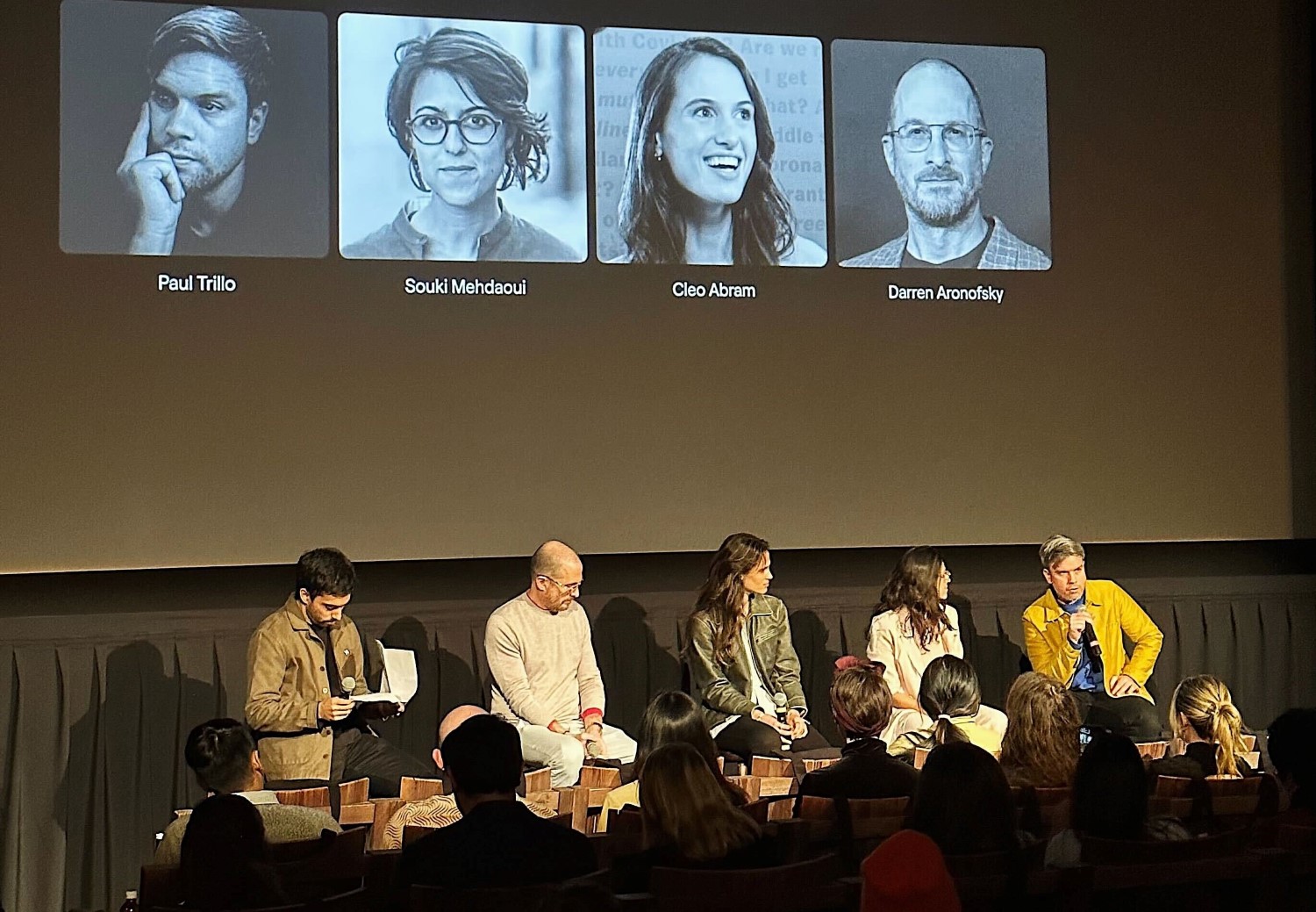
This emphasis on creativity and experimentation is reflected in the company’s culture and approach to innovation. Runway encourages its team members to take risks and pursue new ideas, providing them with the support and resources they need to bring those ideas to life. The company also places a strong emphasis on collaboration, recognizing that many of the best ideas come from working together with others.
By fostering a culture of creativity, collaboration, and experimentation, Runway has been able to build a team of individuals who are passionate about pushing the limits of what’s possible in the creative industry. This team is constantly working on new projects and initiatives, exploring new technologies and approaches to content creation, and developing innovative solutions to some of the biggest challenges facing the industry today.
“I joined Runway in January, and I feel like almost daily, certainly weekly, there’s new developments in AI and Runway is on the cutting edge of it. We’re demoing all these new things, and it’s just getting progressively crazier and crazier. I’m continuing to be impressed every day that I’m working here. And it’s just such a different world that I was in before. It’s opened the door to this new world for people to create. And it’s really interesting.” said by Ian Sansavera – member of the Runway video team.
In terms of Runway’s future plans, the company is committed to continuing to innovate and push the boundaries of what’s possible in the creative industry. This includes expanding its library of machine learning models and tools, as well as partnering with other companies and organizations to explore new use cases for the technology.
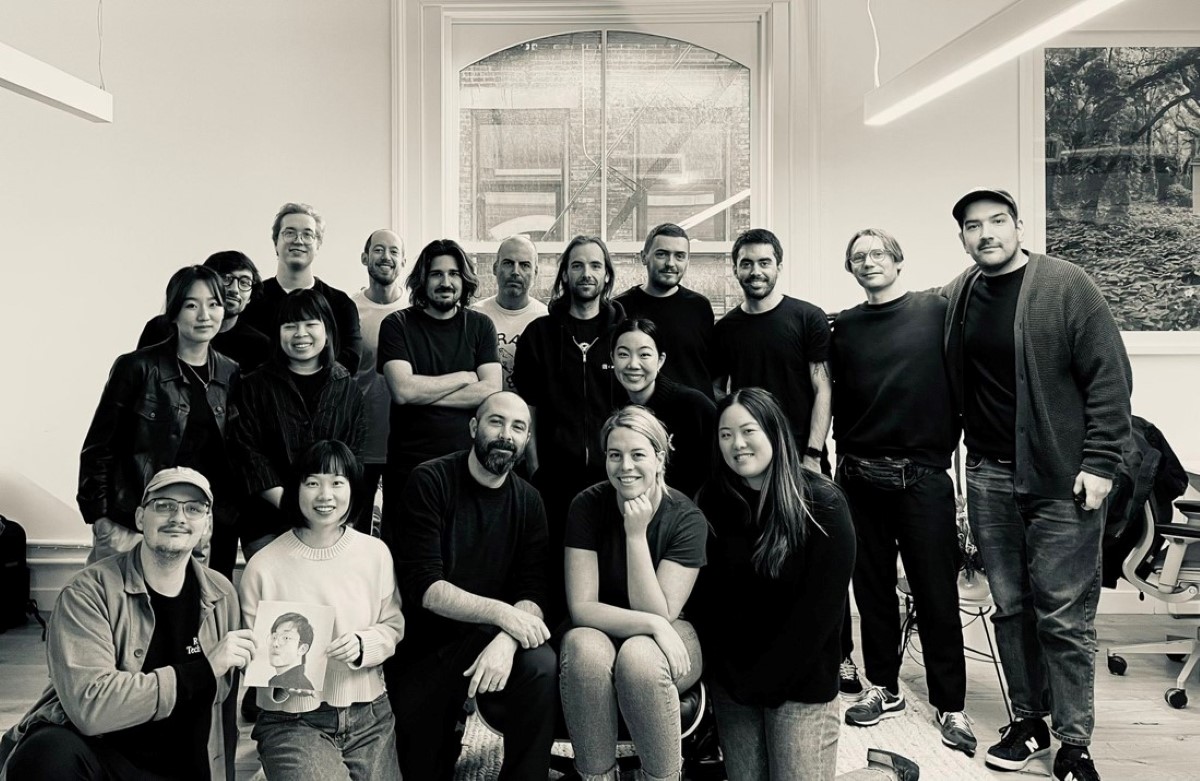
While Runway has proven to be a valuable tool for creative professionals, personally I think it’s important to be aware of potential drawbacks and limitations of using machine learning in the industry. One such concern is that reliance on machine learning could potentially lead to less original work, with artists and designers turning to algorithms for inspiration and content creation.
As with any new technology, it’s crucial for creative professionals to approach machine learning with a critical eye and consider the potential implications for their work.
Bottom Lines
“We believe that AI is simply another tool in the toolbox of artists. The goal is not to replace artists; rather, it is to provide them with tools and techniques that allow them to spend less time on the tedious aspects of their work and more time creating, as well as to encourage them to explore new creative avenues. Those are the people and artists for whom we build, and we hope to continue doing so,” Co-Founder Matamala shared.
Through the years, Runway’s advanced solution offers a new level of automation and efficiency in the editing process, making it possible to achieve results that were previously only possible through the manual efforts of multiple people working for several hours. The integration of machine learning into the editing process opens new opportunities for creativity and innovation in video production.
I believe that Runway will help allow artists to bring out their unique voice and express themselves in a way that was previously only possible through hours of collaboration with multiple individuals. I am eager to see the types of stories that will emerge from this technology that enhances and incorporates data into the creative process.

